Category: Dynamics 365 Portal
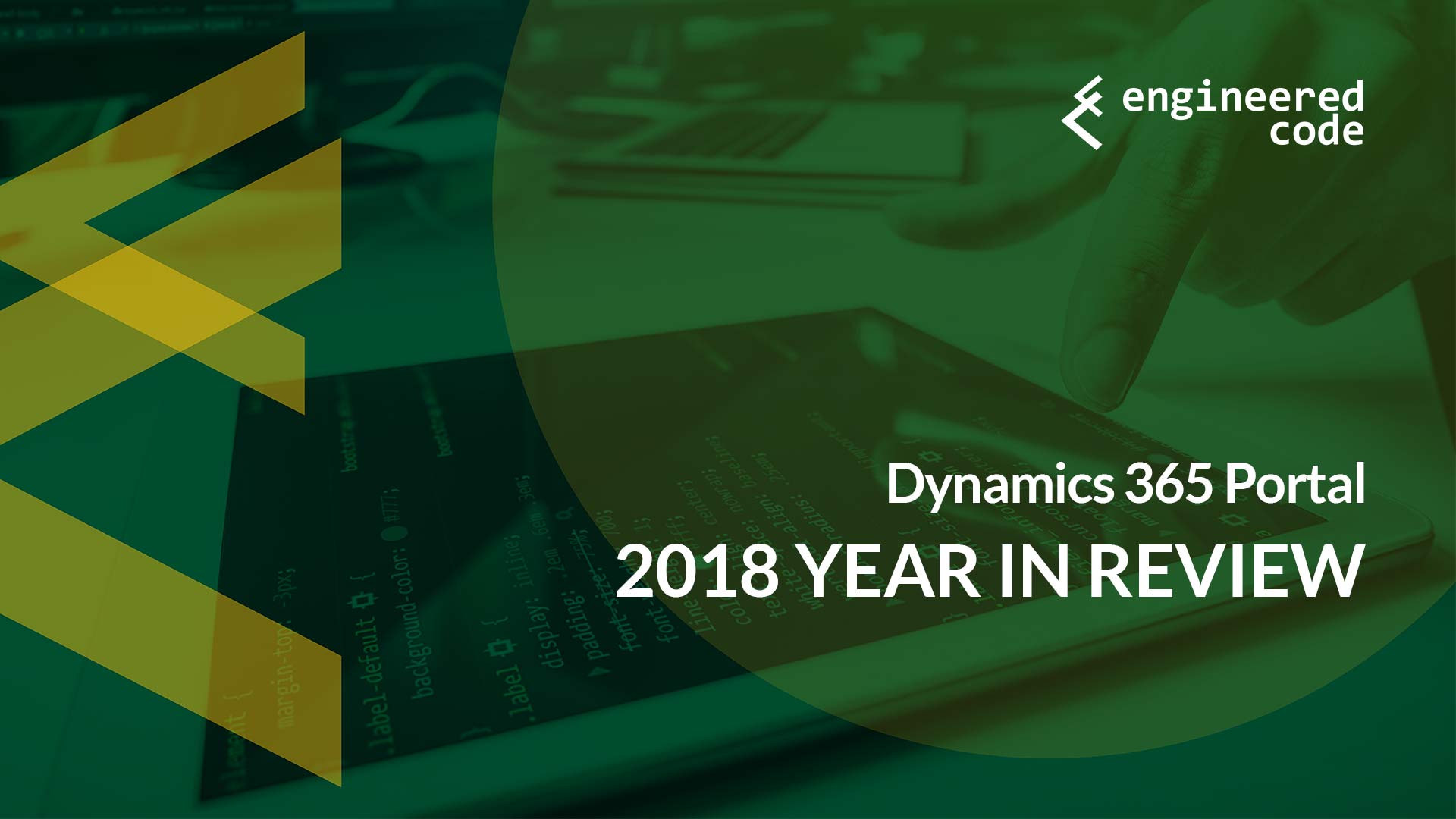
Dynamics 365 Portal: 2018 Year in Review
December 20, 2018 3 Min.To Read2018 was a busy year for the Dynamics 365 Portal product! From the end-of-life of Adxstudio v7 to the release of new features like SharePoint and PowerBI integrations, I’ll cover the most exciting developments throughout the year.

Dynamics 365 Portal: Using Liquid to Create Conditional Entity Forms
December 10, 2018 3 Min.To ReadDuring last week’s eXtreme365 event in Austin, Texas, I was lucky enough to co-present a session with Nikita Polyakov (a Senior R&D Solution Architect at Microsoft, with a focus on Dynamics 365 Portal implementations). One of the tips he mentioned during the session was about using Liquid to decide which Entity Form to display on a page – it’s a very cool technique that seems to be underused. Then, a question showed up on the Dynamics 365 Community forums where that technique could be used to solve the problem. So I figured I’d write a quick blog post to get the word out on using Liquid to determine which Entity Form to display on a page.
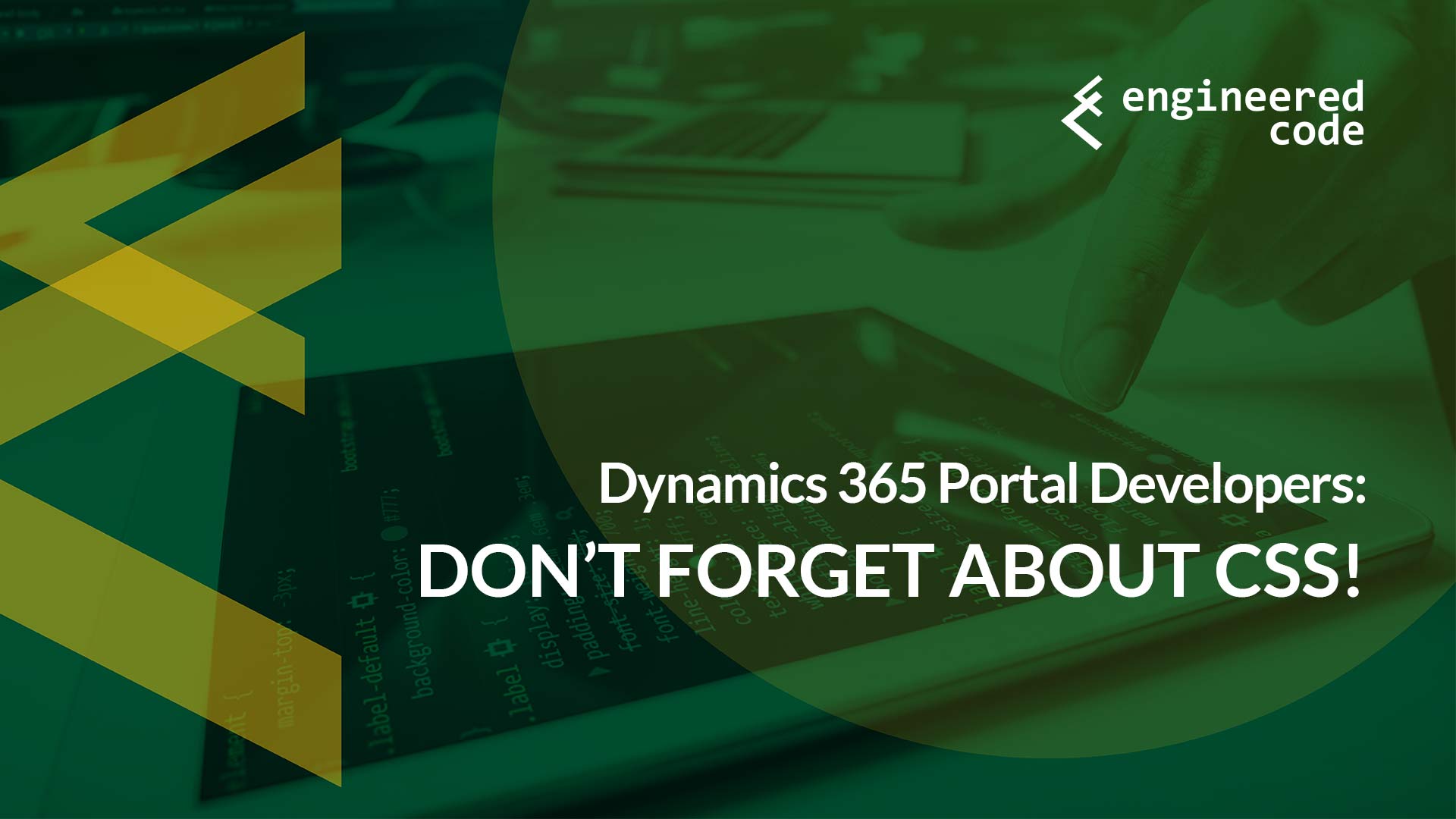
Dynamics 365 Portal Developers – Don’t Forget About CSS!
November 30, 2018 5 Min.To ReadAs most Dynamics 365 Portal developers start as CRM developers, we often try to take the same approach to solve similar problems on both platforms. However, it’s important to remember that a D365 Portal implementation is using different technologies, and sometimes there is a better way. Case in point – consider using CSS instead of JavaScript to control visibility of out-of-the-box features you don’t want.
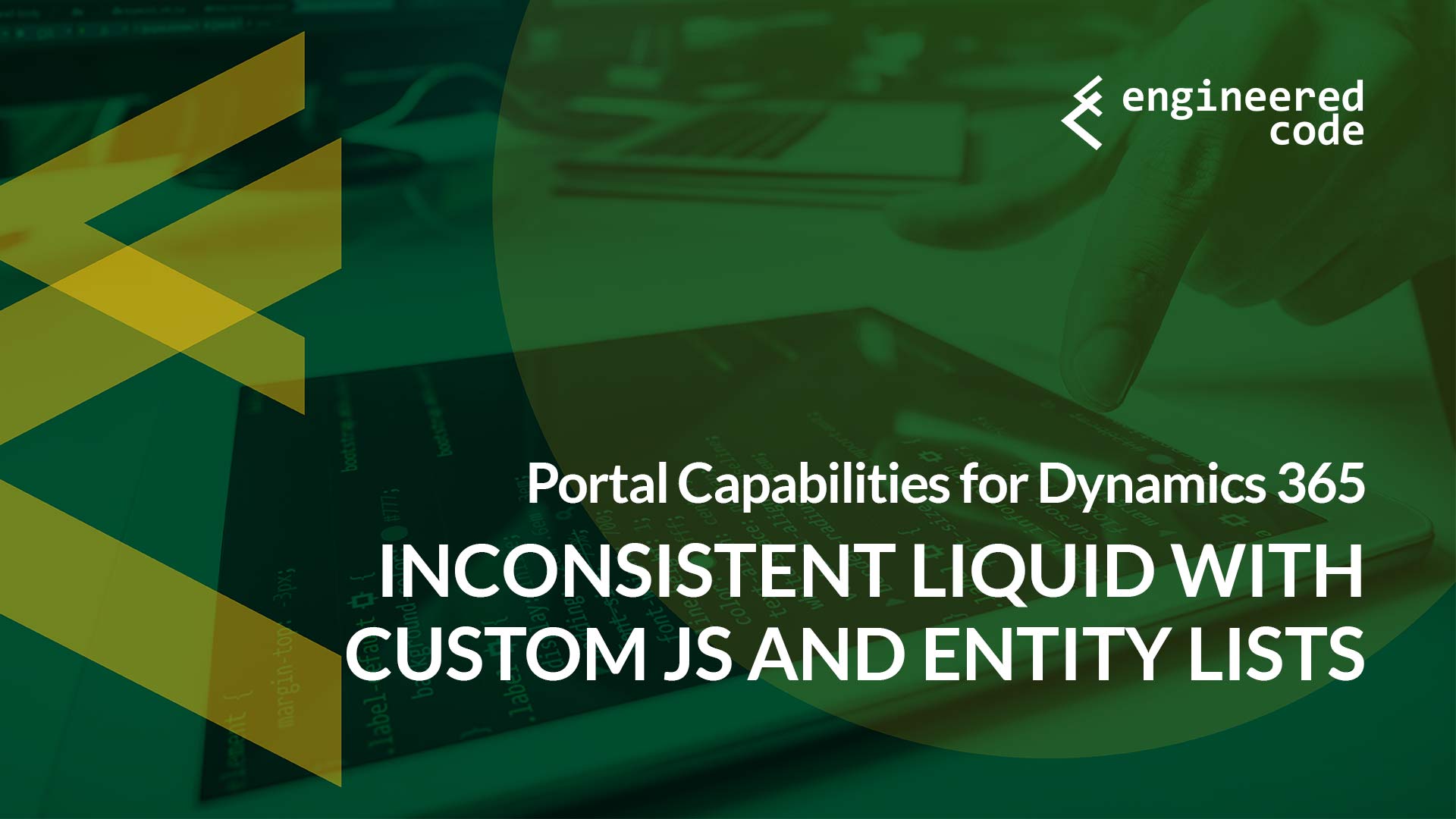
Inconsistent Behavior of Liquid in the Custom JavaScript Attribute on Entity Lists in Dynamics 365 Portals
November 15, 2018 3 Min.To ReadWhile working on my series about all the places you can put your code in a Dynamics 365 Portals implementation, I ran into an odd quirk with regards to how Liquid is handled in the Custom JavaScript attribute of Entity Lists. I did a bit of digging, and was able to figure out why in some instances, Liquid code is evaluated as you’d expect, and in other cases, it is not.
Popular Posts
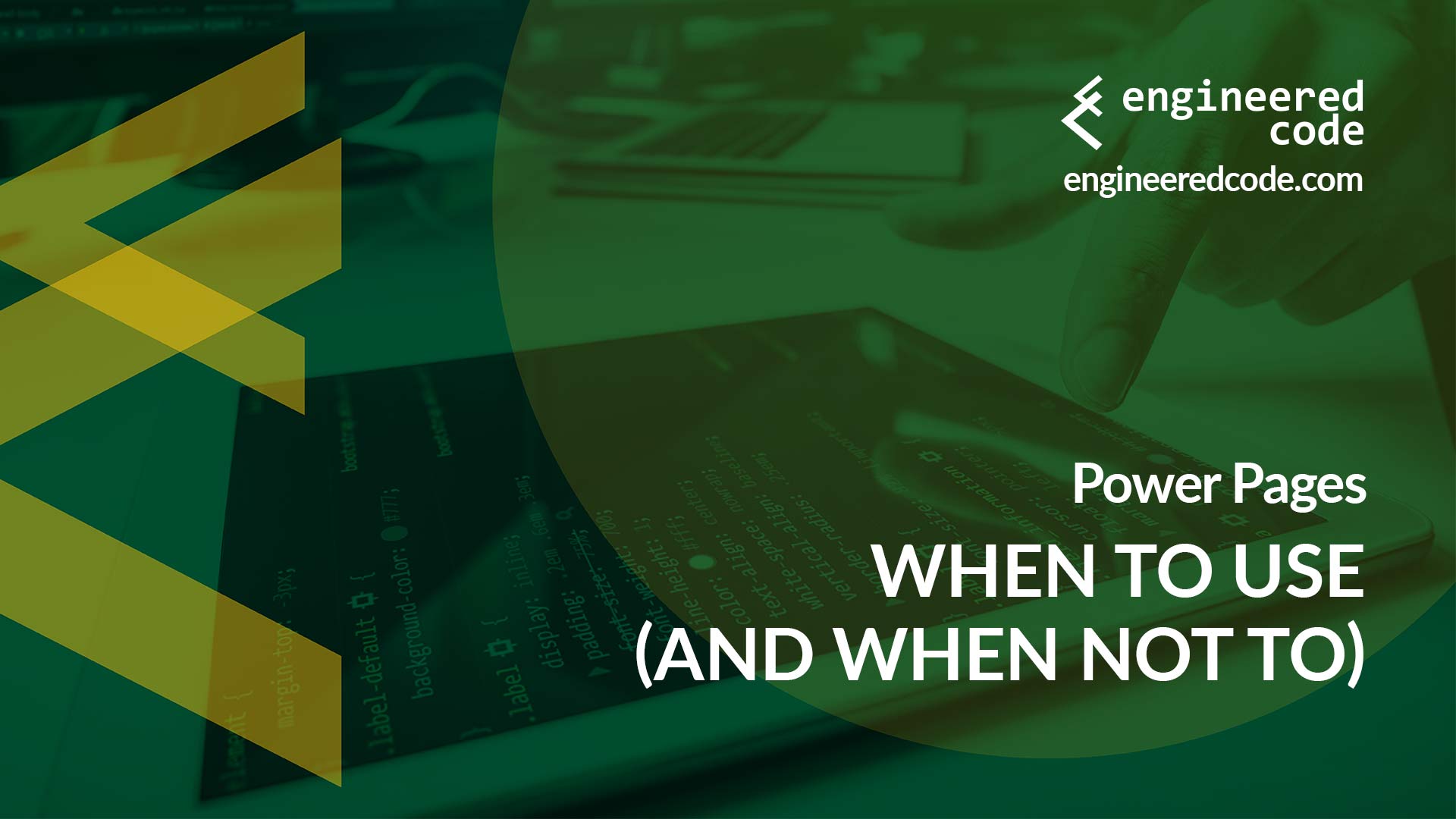
Power Pages: When to Use (and When Not To)
March 6, 2023 5 Min.To ReadThe growth of Power Pages has been an amazing story. Since being acquired by Microsoft in 2015, the product has gone from a niche add-on for Dynamics 365 Customer Engagement to a full-fledged product in the Power Platform. The visibility that comes with getting equal billing to other Power Platform products like Power BI, Power Apps, and Power Automate means that new people are discovering Power Pages all of the time. However, as with any software product, Power Pages isn’t always a fit, even if your project fall under the category of low code web application development platforms. In this post, I will share what I look for when trying to determine if Power Pages is a fit for a given project.

PowerApps Portals: Liquid and JavaScript – Better Together!
October 31, 2019 4 Min.To ReadPowerApps Portals offers two primary languages for customization: JavaScript and Liquid. This leads to confusion as to which technology should be used when – I’ll try to clear up some of that confusion in this blog post, as well as demonstrate that is many cases, the best option is a combination of the two.
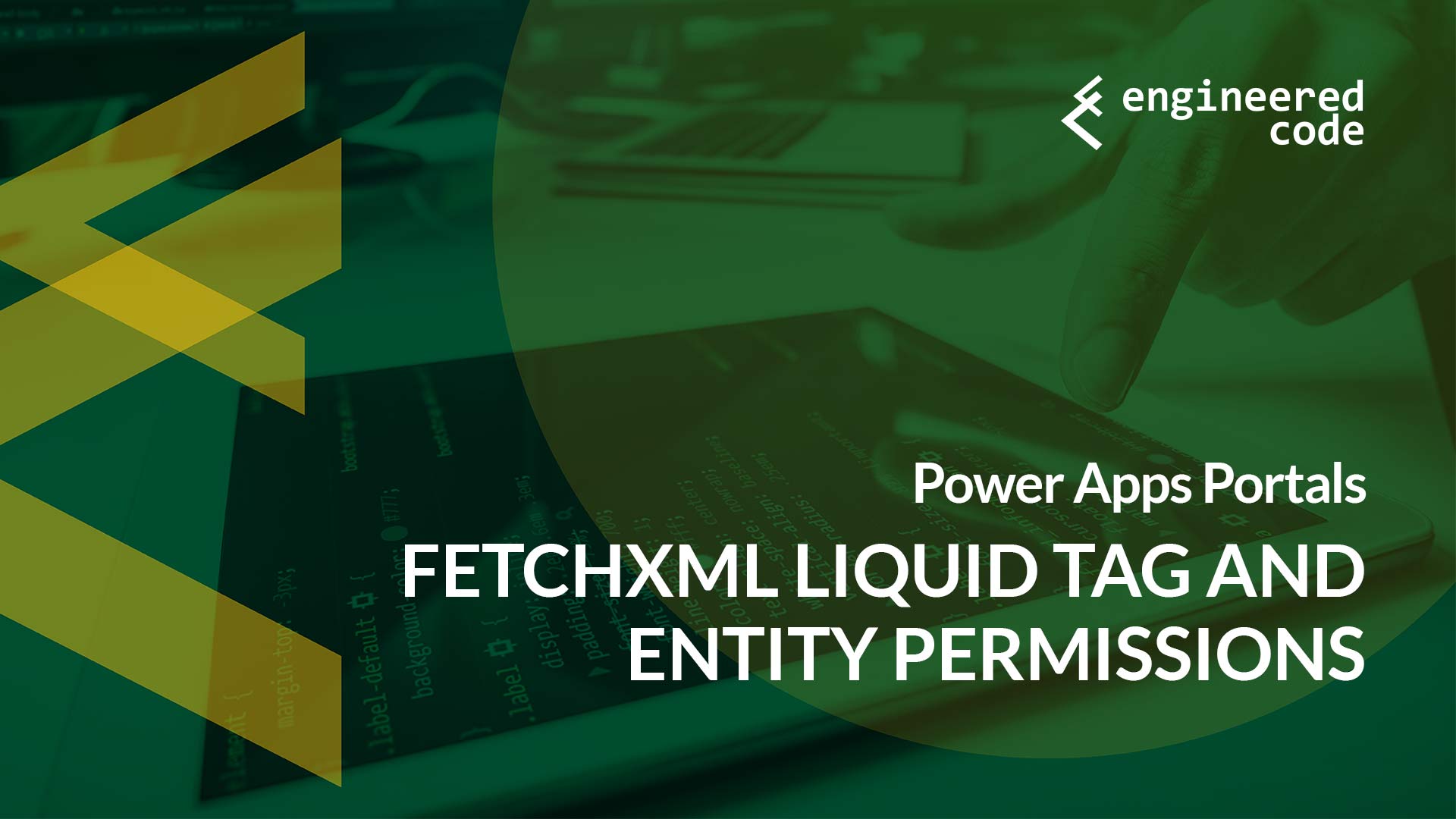
Power Apps Portals: fetchxml Liquid Tag and Entity Permissions
January 16, 2020 3 Min.To ReadThe fetchxml Liquid tag is arguably the most powerful Liquid tag in Power Apps Portals – it allows you to meet complex requirements for the display of data. But, if you combine it with a complex Entity Permissions model, you could find yourself getting unexpected errors. In this post I’ll cover what can cause those errors, and how to work around them.
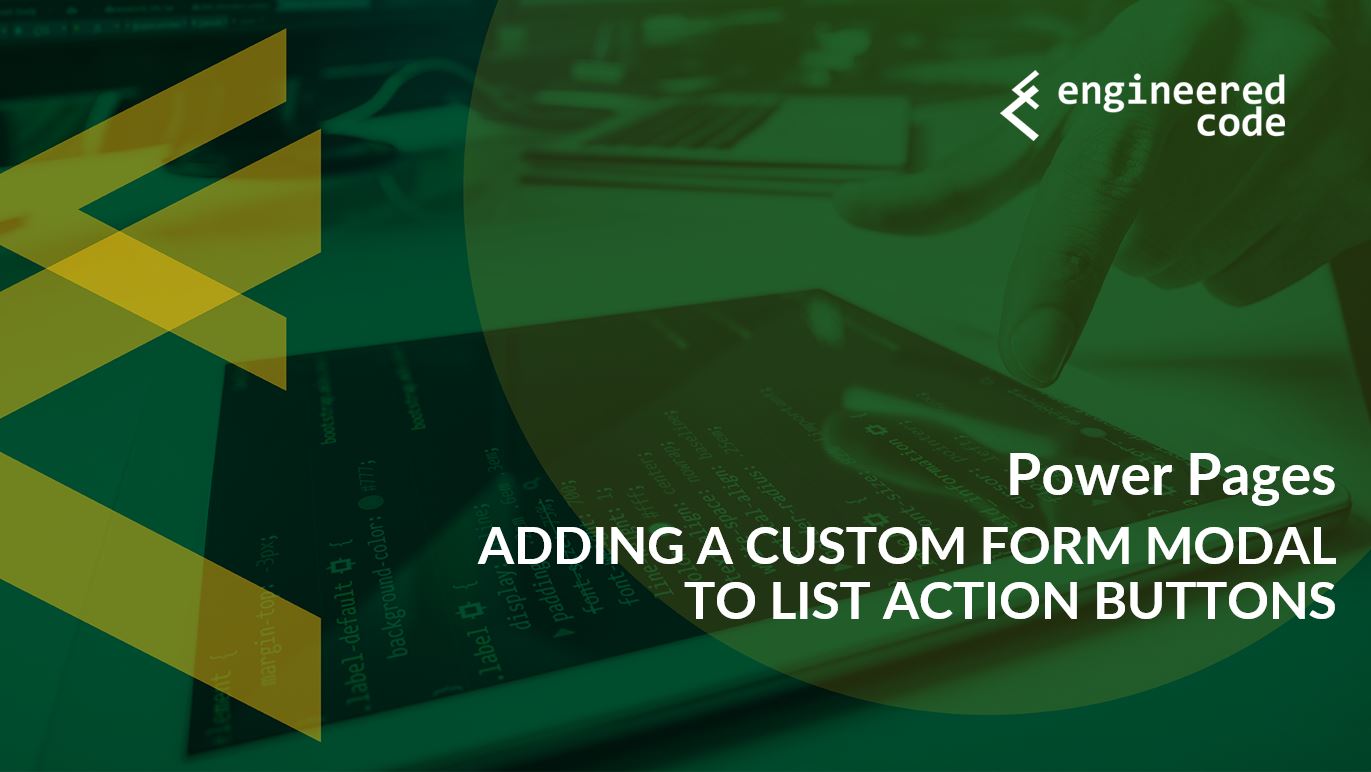
Power Pages: Adding a Custom Form Modal to List Action Buttons
December 8, 2023 6 Min.To ReadRecently there was a comment on my blog Power Apps Portals: Related Entity as Source of Next Web Form Step about adding a custom Edit button to a list or subgrid. In this case, rather than editing the main row in the table, they wanted to edit a row that was related to the main row. If you want the edit form to pop up in a modal, it requires a bit of JavaScript. In this post, I’ll go through what you need to do in order to achieve this functionality.
